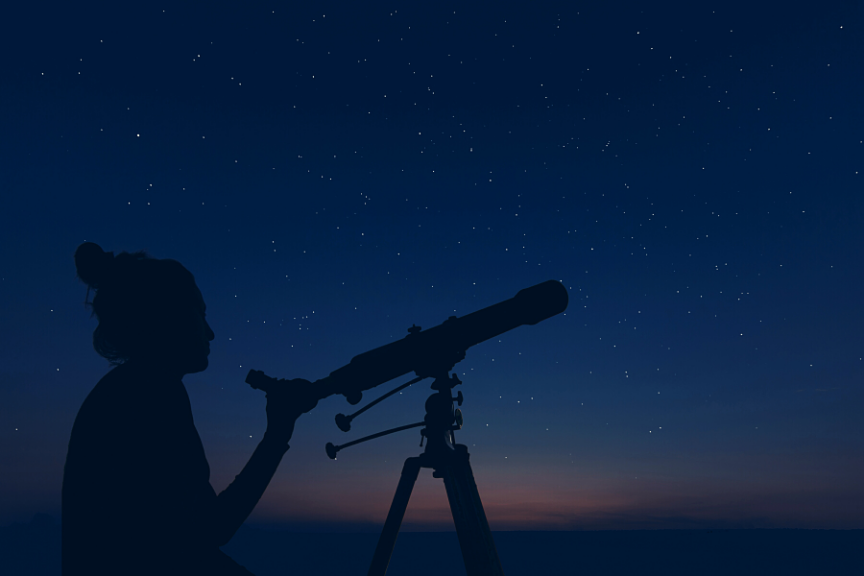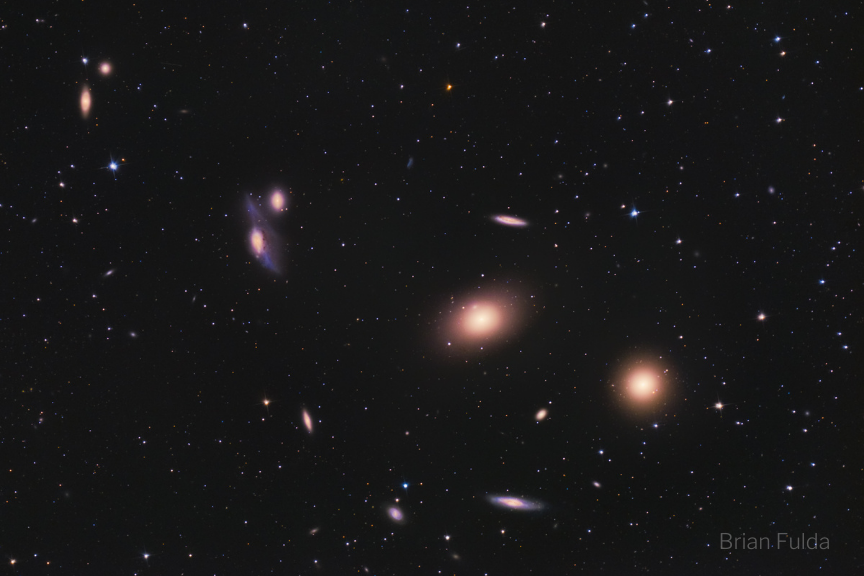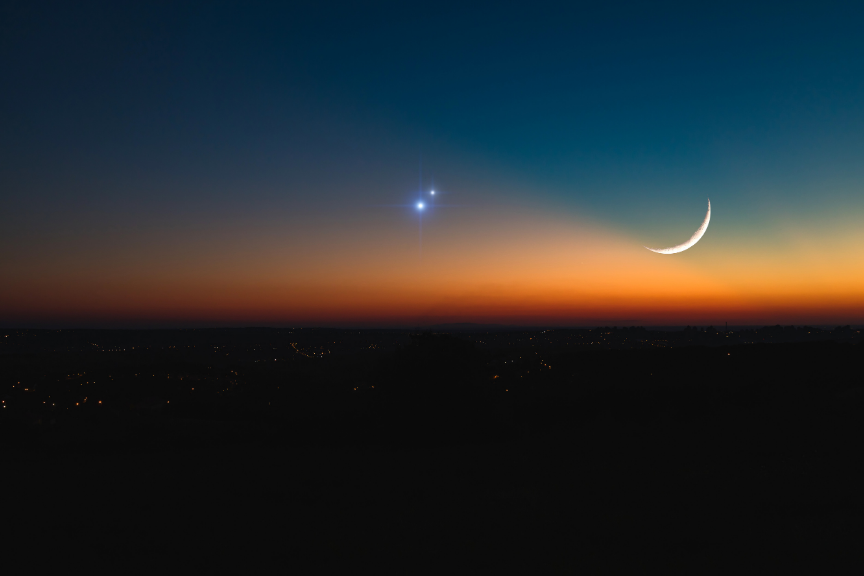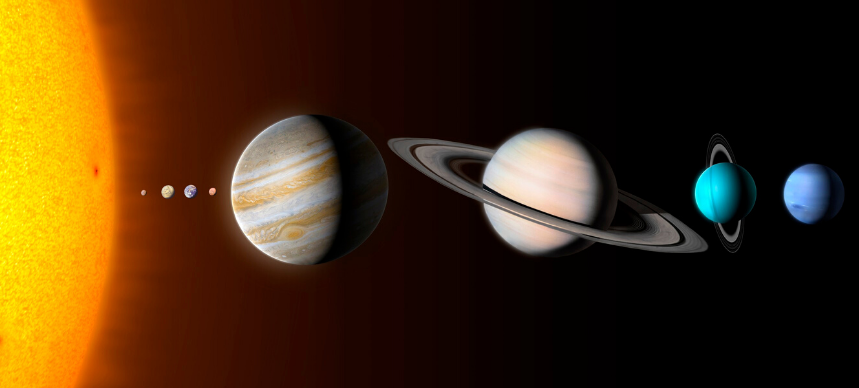How to Find Dark Sky Sites [Stargazing & Astrophotography]
If you live in a city or under light pollution, it can be difficult to know where to find places that have dark skies. Although the world is becoming more light-polluted every year, fortunately, there are still many places you can go to escape the glow of city lights. To find a dark sky location, we must first understand how to get away from light pollution and how light pollution is measured.

What is the Bortle Scale?
The Bortle Scale is a scale from 1 to 9 that measures how light-polluted a given location is. A Bortle class of 9 is the most light pollution — think downtown in a major city. A Bortle class of 1 is the least light pollution — think somewhere very remote and away from most civilization, like a desert. The more light pollution, the less stars are visible. Most of us live somewhere in between 1 and 9, with a Bortle class 5 being an average suburban sky.
Unfortunately, not everyone has access to pristine Bortle 1 skies within a short distance of their home. For example, in the eastern half of the United States, a Bortle 1 zone doesn't even exist except in a small, remote section of northern Maine. The western US is a different story entirely — there are a myriad of Bortle 1 zones, often not more than a few hours drive from many major cities. Take a look at this light pollution map of the United States below. The "hotter" the color, the more light pollution there is, and the "cooler" the color, the less light pollution there is. The darkest swaths of land, the Bortle 1 zones, are dark grey in color.

Finding a Dark Sky Site
To figure out where to go to find dark skies, you can use a light pollution map like the one above. Our favorite light pollution map can be found at lightpollutionmap.info. This map lets you type in where you live in the search bar so you can find out which Bortle Zone (also known as a class) you live in. Just click anywhere on the map, and a pop-up like the one below will appear.

Reference the "Bortle" row to see which Bortle class a specific location is. Try zooming out to look for darker areas, like yellow, green, blue, or gray zones. These are the locations you should aim to travel to if you're looking for dark skies. Just about everywhere in the US has a yellow zone (Bortle 5) within a short distance of a major city, so if you have access to a vehicle, you can get to darker skies! The darker, the better, and it's often worth planning a trip just to see some pristine night skies. If you're hoping to see the Milky Way in particular, head to a dark sky site (Bortle 3 or below) during the summer months of June through August, when the moon is either new or is only up for a small portion of the night.
IDA Designated Dark Sky Sites
If you aren't comfortable driving out to a rural area to stargaze on your own, there are plenty of more public places to stargaze. The International Dark-Sky Association (IDA) organization has created a map of publicly accessible designated dark sky sites. These dark sky sites are public parks like national or state parks that are notable for having dark skies compared to their surrounding areas. Many of these locations offer overnight camping or lodging, so you can spend a few days enjoying the night sky. The IDA's list is not a complete list of all the publicly accessible dark sky sites, though. If you don't see an IDA site near you, you can still use the light pollution map mentioned earlier in this article to find dark sky areas nearby, and then look for national or local parks within those dark pockets.
How to Practice Astronomy From Light Pollution
If you can't escape light pollution for some reason, there are still many ways to enjoy the night sky. Because telescopes gather many times more light and have a much small field of view than our naked eyes do, you can still observe some objects from heavy light pollution. In particular, the moon and the planets are so bright that they are essentially unaffected by light pollution. This means you can observe the moon and planets anywhere, whether it be with your naked eye, binoculars, or a telescope. With a dedicated solar telescope or a proper solar filter for your existing scope, you can even observe the sun no matter where you live, too.
Astrophotography from Light Polluted Skies
 The Elephant Trunk Nebula by Jeff Horne, taken with the TPO UltraWide 180, ZWO ASI2600MC Pro, and Optolong L-eXtreme & L-Pro filters from Nashville, TN, a Bortle 8 site
The Elephant Trunk Nebula by Jeff Horne, taken with the TPO UltraWide 180, ZWO ASI2600MC Pro, and Optolong L-eXtreme & L-Pro filters from Nashville, TN, a Bortle 8 site
If you're interested in astrophotography, you can use special equipment to cut through light pollution. With the use of light pollution filters, you can still take incredible images of space even if you live in a major city like the image above. While it helps to have a full-spectrum camera like a dedicated astronomy camera to do this, it's not required. If you need help picking out a light pollution filter, our blog post "What is the Best Light Pollution Filter For Astrophotography?" has you covered!
Want more help deciding on what gear you need to beat light pollution? Our friendly Sales team is always here to help you decide. Get in touch!












